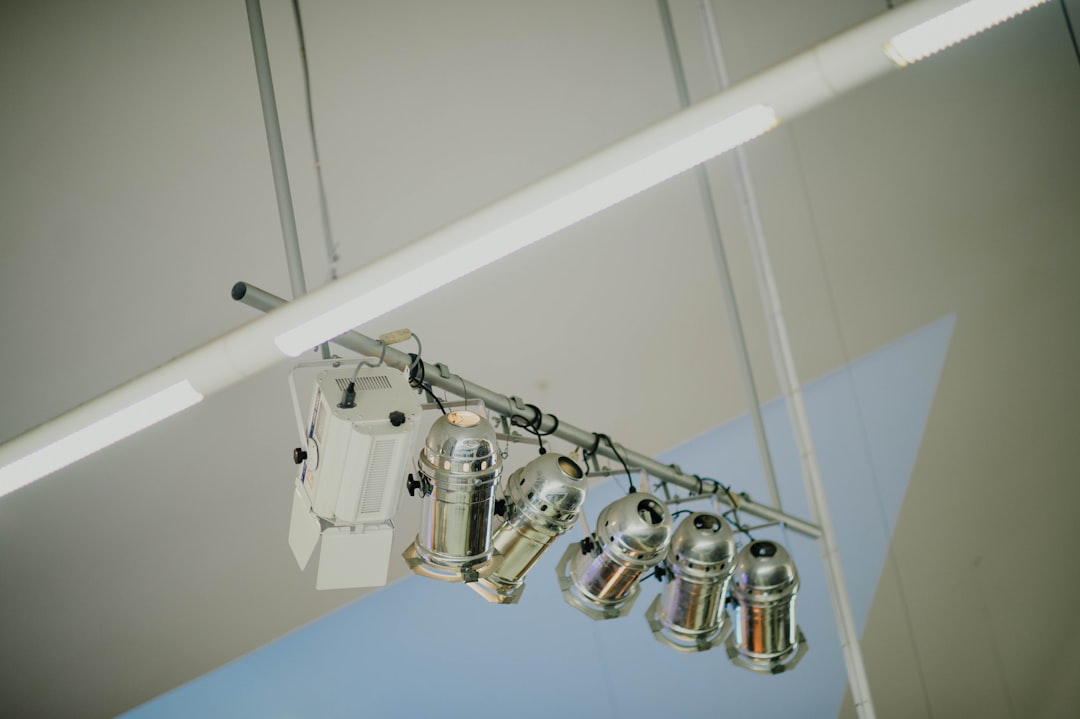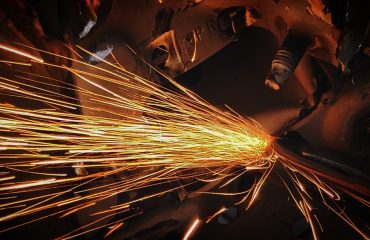body {
font-family: sans-serif;
line-height: 1.6;
}
h1, h2, h3 {
color: #333;
}
img {
max-width: 100%;
height: auto;
display: block;
margin: 20px auto;
}
Radiographic inspection (RT) is a crucial non-destructive testing (NDT) method used to detect internal flaws in pipelines. This powerful technique utilizes ionizing radiation to create images revealing hidden defects that could compromise the integrity of the pipe, ultimately preventing catastrophic failures and ensuring safety.
Understanding the Principles of Radiographic Pipe Inspection
Radiographic inspection relies on the principle of differential absorption of radiation. A source of ionizing radiation, typically X-rays or gamma rays, is directed through the pipe. The radiation passes through the pipe material, with denser areas absorbing more radiation than less dense areas. A detector, usually a film or digital imaging system, captures the transmitted radiation. The resulting image shows variations in density, revealing internal defects such as cracks, welds imperfections, corrosion, and inclusions.
The choice between X-rays and gamma rays depends on factors like the pipe’s thickness and material. Gamma rays are more penetrating and suitable for thicker pipes or materials with high density, while X-rays are better suited for thinner sections.
Common Types of Radiographic Techniques Used in Pipe Inspection
Several techniques are employed in radiographic pipe inspection, each with its advantages and limitations:
- Film Radiography: This traditional method uses photographic film as the radiation detector. It’s cost-effective but requires processing time and offers limited image manipulation capabilities.
- Real-Time Radiography (RTR): RTR utilizes a digital detector that provides immediate image visualization. This allows for real-time monitoring and faster inspection times compared to film radiography.
- Computed Radiography (CR): CR employs reusable imaging plates that store the radiation information. These plates are then scanned to produce a digital image, offering advantages over film radiography in terms of image quality and processing speed.
- Digital Radiography (DR): DR systems use a digital detector to capture the radiation directly, eliminating the need for an intermediate step like in CR. This provides high-resolution images with excellent contrast and immediate results.
Interpreting Radiographic Images of Pipes: Identifying Defects
Interpreting radiographic images requires skilled technicians trained in recognizing various types of defects. These defects appear as variations in density on the radiograph. Common defects identified through radiographic inspection include:
- Cracks: Appear as linear discontinuities.
- Porosity: Shows up as small, round, or irregular dark spots.
- Inclusions: Appear as dark or light areas depending on the density of the inclusion compared to the surrounding material.
- Weld Defects: Such as lack of fusion, incomplete penetration, and slag inclusions, are easily identified in weld joints.
- Corrosion: May appear as thinning of the pipe wall, causing a change in density.
Accurate interpretation requires knowledge of welding procedures, pipe materials, and potential sources of defects.
Advantages and Limitations of Radiographic Pipe Inspection
Radiographic inspection offers several advantages:
- High Sensitivity: Detects a wide range of internal defects, even small ones.
- Permanent Record: Provides a permanent record of the inspection for future reference.
- Comprehensive Coverage: Can inspect large areas of the pipe simultaneously.
- Versatility: Applicable to various pipe materials and sizes.
However, there are some limitations:
- Radiation Safety: Requires strict adherence to safety protocols to protect personnel from radiation exposure.
- Accessibility: Access to the pipe may be limited, requiring specialized techniques or equipment.
- Cost: Can be relatively expensive, especially for large-scale inspections.
- Surface Defects: Primarily detects internal defects; surface defects may not be readily visible.
Applications of Radiographic Inspection in the Pipeline Industry
Radiographic inspection plays a vital role in various stages of the pipeline lifecycle:
- Manufacturing Quality Control: Ensuring the integrity of newly manufactured pipes and welds.
- In-service Inspection: Detecting defects in operating pipelines to prevent failures and ensure safety.
- Repair Verification: Assessing the effectiveness of repairs made to damaged pipelines.
- Pre-commissioning Inspection: Checking for defects before a pipeline is put into service.
- Forensic Investigation: Determining the cause of pipeline failures.
Its use is crucial in high-consequence applications where pipeline failure could have significant environmental or safety implications.
In conclusion, radiographic inspection is an indispensable technique for ensuring the integrity and safety of pipelines. Understanding its principles, techniques, and limitations is crucial for engineers and professionals involved in the pipeline industry.
Tags: Radiographic Inspection, Pipe Inspection, NDT, Non-Destructive Testing, Pipeline Inspection, X-ray Inspection, Gamma Ray Inspection




